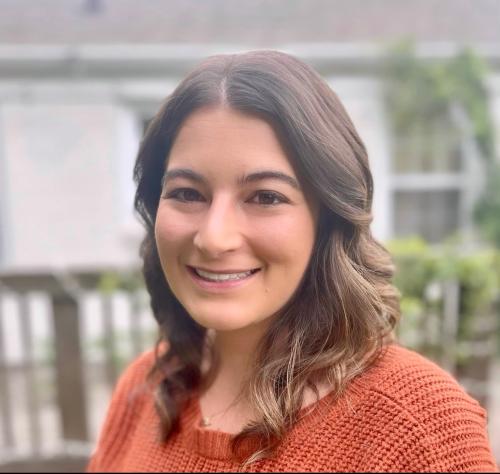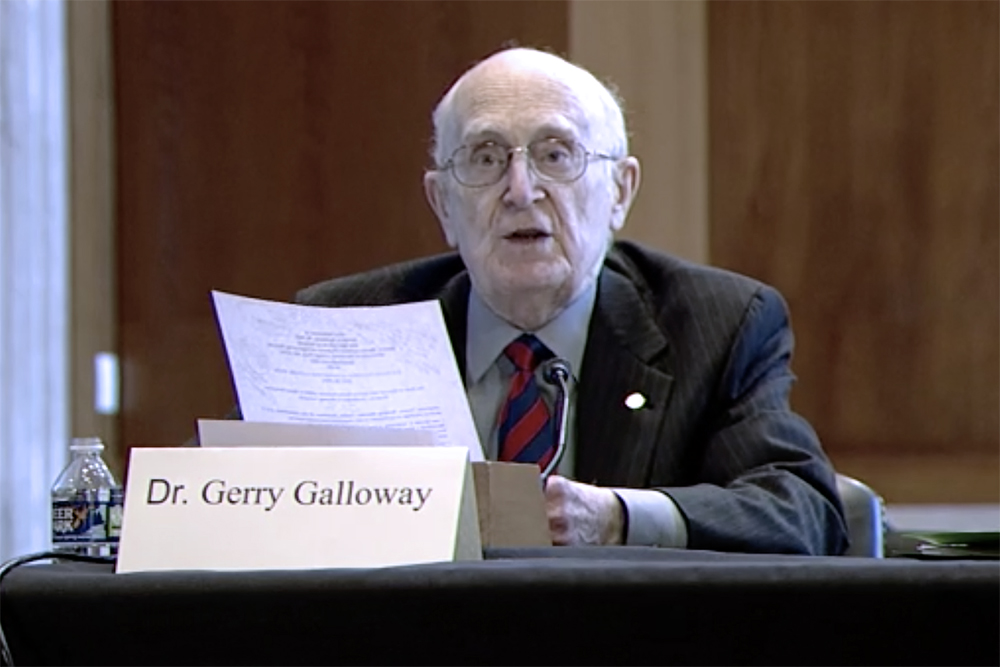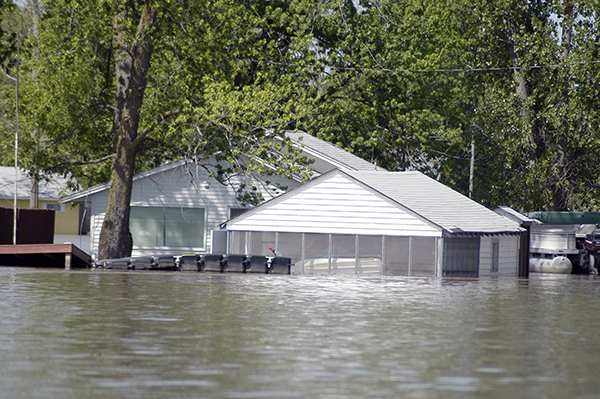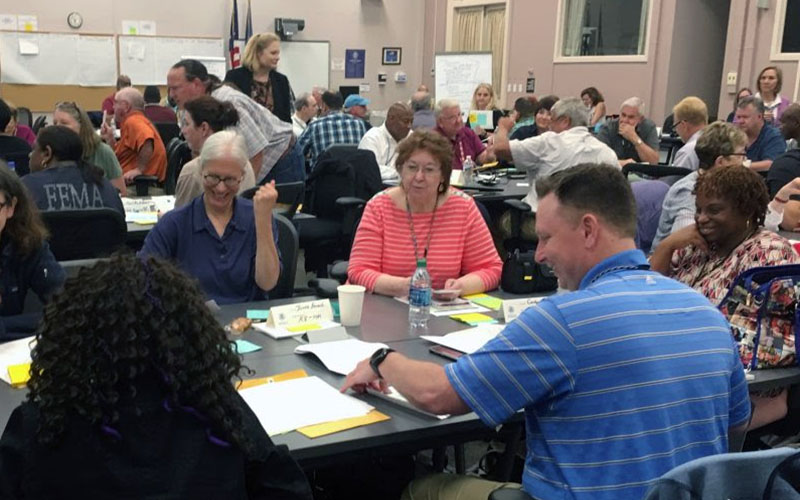News Story
$2.5 Million NSF Grant Awarded for UMD-Led Disaster Resilience Research

CEE Professor Elise Miller-Hooks
This July, the National Science Foundation (NSF) awarded a $2.5 million Resilient Interdependent Infrastructure Processes and Systems (RIPS) grant to a University of Maryland-led initiative to quantify disaster resilience of critical infrastructure-based societal systems (CISS) necessary for community functioning. Examples of these systems include school districts, healthcare delivery systems, government buildings, university campuses, central business districts and many other establishments that serve a critical role within a community.
Civil and Environmental Engineering (CEE) Professor Elise Miller-Hooks is lead principal investigator (PI), and UMD National Consortium for the Study of Terrorism and Responses to Terrorism (START) Researcher and Project Manager Elizabeth Petrun is a co-PI for the project titled, “RIPS: Quantifying Disaster Resilience of Critical Infrastructure-based Societal Systems with Emergent Behavior and Dynamic Interdependencies.” The two are working in partnership with researchers from Johns Hopkins University (JHU) as well as the University of Delaware (UD).
The team of nine investigators has set out to create an analytical framework to quantify the resilience of CISSs. They will create techniques to improve, build and maintain communities that are more likely to withstand disruption or disaster. Recognizing that physical damage to subsystem components such as buildings or communication lines can have resulting consequences across a CISS or its supporting lifelines, the researchers will study how mitigation actions and repair efforts taken to circumvent damaged subsystems can lessen the overall impact of a hazard event or events.
To develop the framework and demonstrate specific resilience techniques, Miller-Hooks and her colleagues will apply their research to a healthcare system and work directly with practicing healthcare managers and emergency planners from our the world.
“The project is unique in that it will incorporate public policy, organizational policy, emergent organizational behaviors and risk communication considerations into a broader quantitative assessment of disaster resilience under multiple hazard types,” Miller-Hooks said.
Together with Miller-Hooks, the researchers will take an integrative approach to understand and model the mechanisms by which organizational behaviors emerge and evolve during a disaster event. Moreover, they will observe the potential for disasters to impact cyber systems and communications efforts and identify resulting vulnerabilities to follow-on attacks.
In efforts to establish approaches to prevent such escalation, Miller-Hooks and the project co-PIs will evaluate risk communications strategies, security systems and protocols, and other adaptive actions that can be taken. Even more, they will observe how organizations interact during times of disaster to identify how strategic communications efforts can change how a response to a disaster unfolds.
The research group’s analytical framework will involve dynamic fault-tree analysis to conduct component performance and systems-based analytical techniques to model this complex, dynamic and adaptive network of CISS components. Their models will characterize interdependencies within and between the critical lifelines, building systems and community functions this built environment supports.
“Methods to mathematically characterize the interdependencies that exist between elements of the built environment are crucial in quantifying the ability of our physical and societal systems to cope with and adapt to disaster events,” Miller-Hooks said. “As such an event unfolds, its damage impact can propagate (stochastically) from one system to another, leading to cascading and even escalating failures over the system and its subsystems. Understanding these failure mechanisms can aid in the choice of mitigation, preparedness and response actions designed to ameliorate the disaster’s impact.”
Along with the project, the research group – comprised of six co-principal investigators, five of whom are women – is working to strengthen the pipeline of women in STEM fields at multiple education and career stages by adopting a “360” mentorship philosophy that will foster training of female scientists of all ages to be high-caliber mentors and researchers.
“I am excited to work with this team of brilliant, imaginative and enthusiastic people,” Miller-Hooks said. “That the team involves such a large percentage of women is something I could not have conceived of as an undergraduate student in the late 1980s. We work well together and build from each other’s excitement for this research area with potentially great impact to society. We are excited to conduct novel, interdisciplinary work that no single one of us could have brought to fruition on our own.”
In addition to Miller-Hooks and Petrun, the research group includes JHU PI Judy Mitrani-Reiser; JHU co-PI Matt Green; JHU Senior Investigators Helaine Rutkow, Tom Kirsch and Jonathan Links; UD co-PI Joanne Nigg and UD Senior Investigator Rachel Davidson.
Published September 3, 2014









